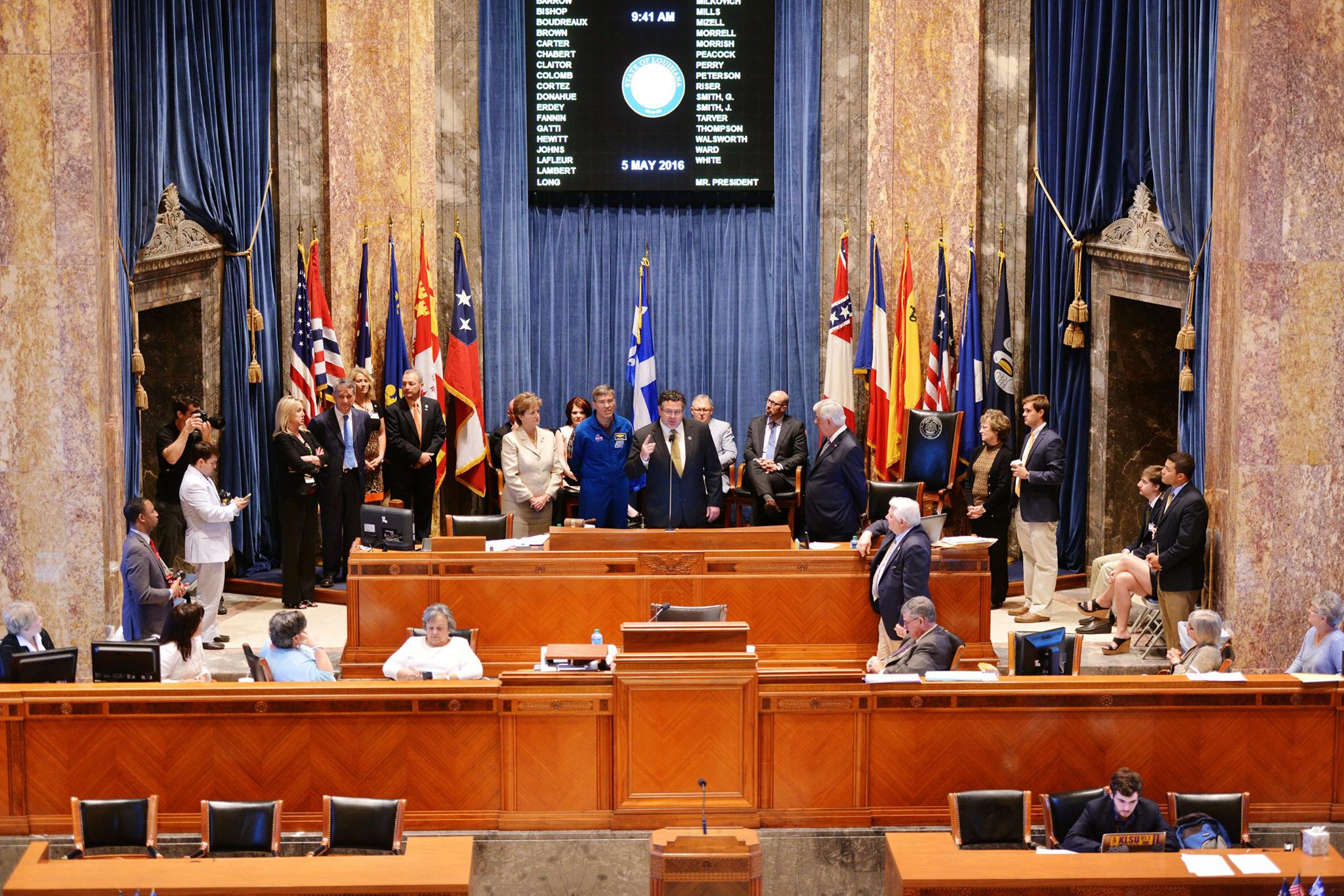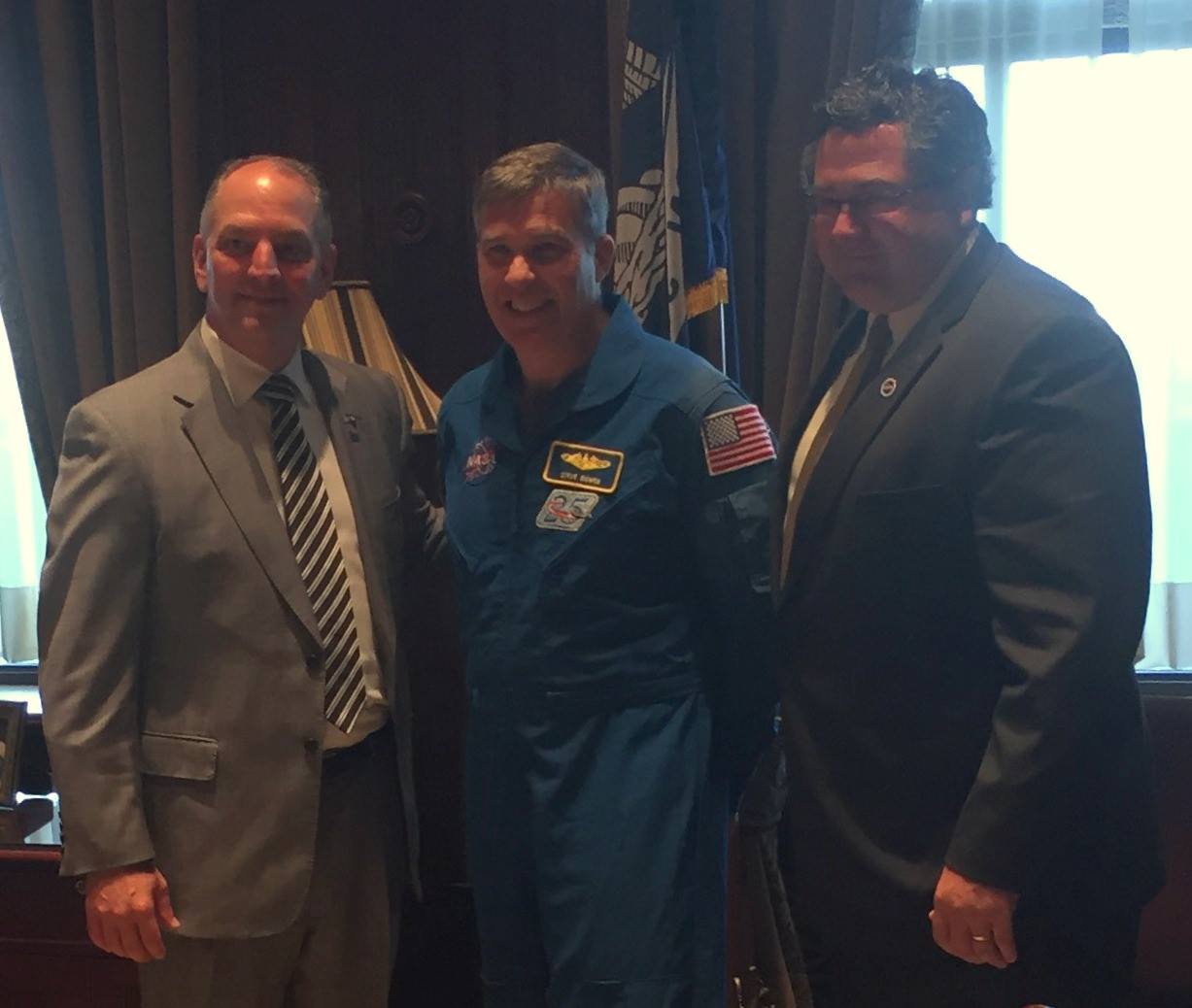In This Week’s Star
- Marshall and Louisiana Legislature Celebrate State’s Continuing Role in Human Space Exploration
- Marshall Scientist Andrew Molthan Honored by President at White House Event
- The Space Blanket: Your Adventure Companion
- Mercury is the ‘Star’ of NASA Outreach Events During Rare Transit, May 9
- This Week in NASA History: Final Hubble Servicing Mission Launches — May 11, 2009
- Obituaries
Marshall and Louisiana Legislature Celebrate State’s Continuing Role in Human Space Exploration

NASA celebrated the Louisiana workforce’s participation on the journey to Mars at NASA Day in Baton Rouge at the Louisiana State Capitol on May 5. The Space Launch System — NASA’s next human exploration class rocket — will stand nearly as tall as the Capitol. The core stage of SLS is being built at the Michoud Assembly Facility outside New Orleans. (NASA/MSFC/Will Bryan)
NASA Marshall Space Flight Center Director Todd May and astronaut Steve Bowen address the Louisiana State Senate on NASA Day in Baton Rouge on May 5. (NASA)
Louisiana Gov. John Bel Edwards, left, welcomes Marshall Center Director Todd May, right, and astronaut Steve Bowen on NASA Day in Baton Rouge on May 5. (NASA)
Marshall Scientist Andrew Molthan Honored by President at White House Event
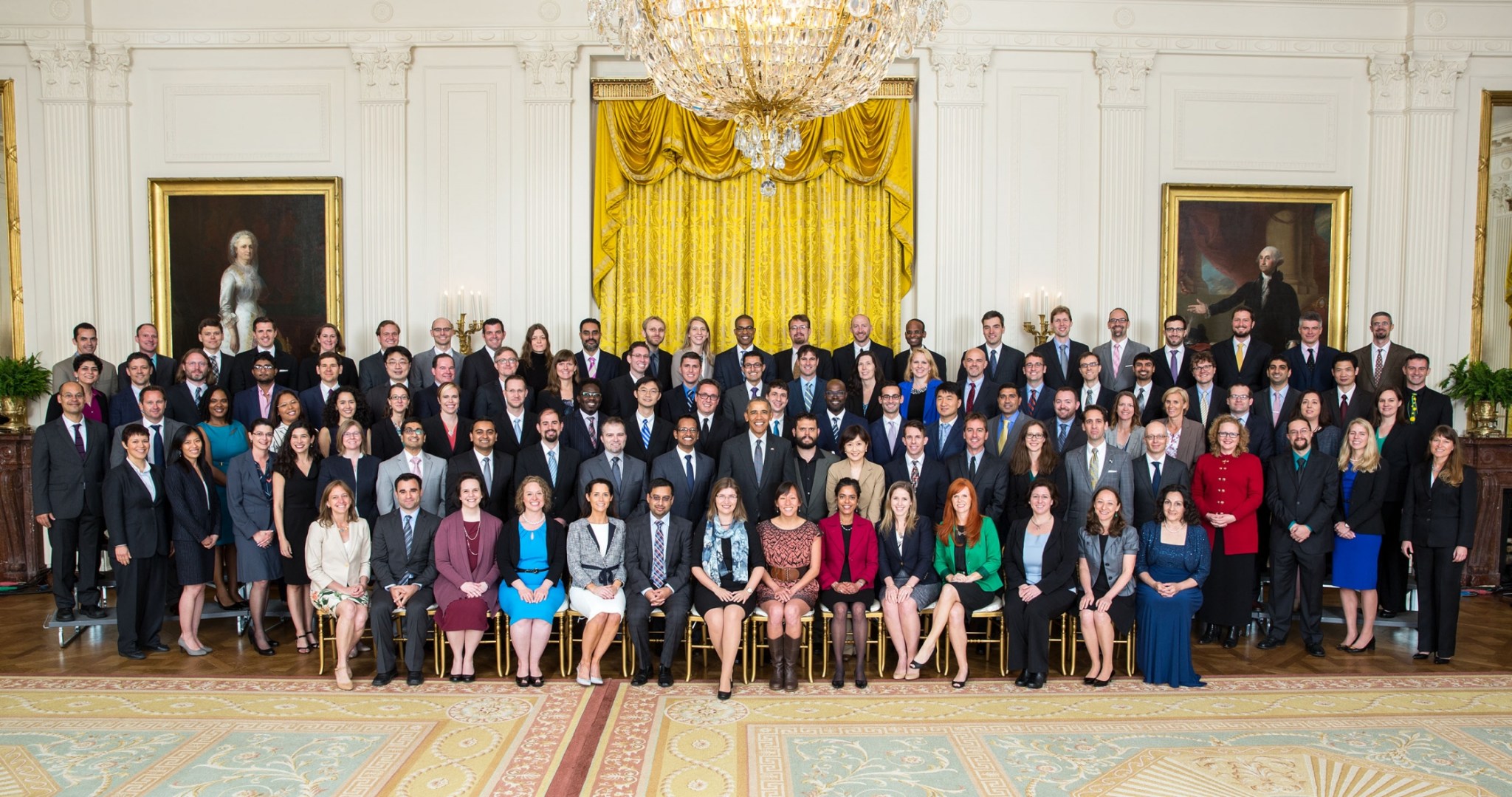
Andrew Molthan, third row, sixth from right, a research meteorologist in NASA Marshall Space Flight Center’s Earth Science Office, was recognized May 5 by President Barack Obama, second row, center, as a recipient of the Presidential Early Career Award for Scientists and Engineers. According to a White House news release, Molthan was honored for his “outstanding leadership in cloud microphysics, weather forecast modeling and innovative cloud-computing technologies for worldwide distribution of satellite data; and for the development of unique products used by a variety of government agencies in support of disaster response and assessment.” For more information about Molthan, who joined Marshall in 2008, click here. (White House)
The Space Blanket: Your Adventure Companion
By Will Bryan
The sweet fragrance of blooming flowers relaxes you as you lie in the soft green grass. A light breeze mixes perfectly with the sunlight and kisses your skin, providing the final proof you need that winter has returned to its slumber in the North and that spring has arrived to play.
As you drift back to your childhood quests — nothing beats chasing space pirates across the galaxy, you dream about the adventures that lay ahead of you: hiking the awe-inspiring Grand Canyon and chasing the finish line of your first marathon.
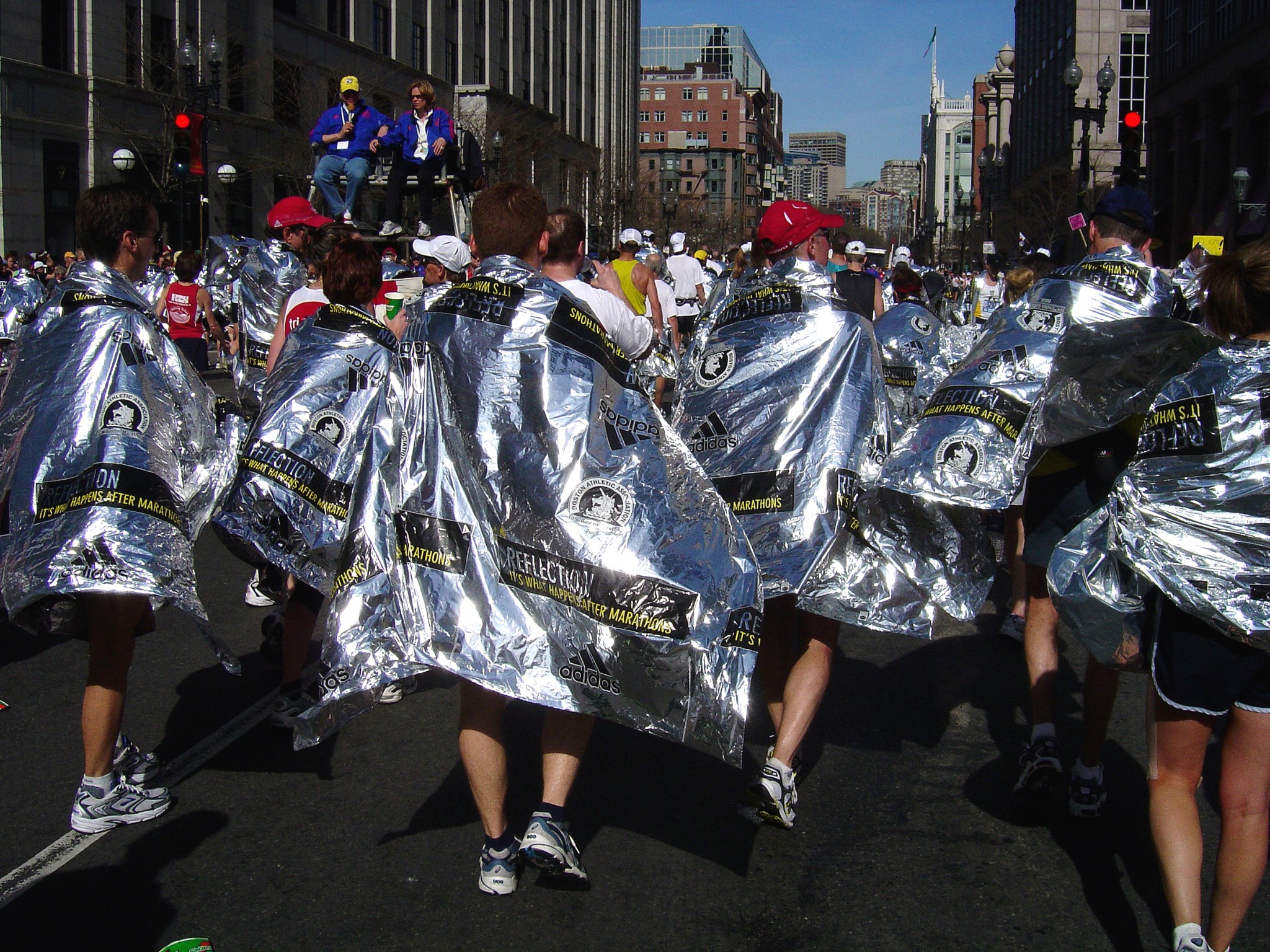
Going along with you is a space blanket. Developed at NASA’s Marshall Space Flight Center in Huntsville, Alabama, it owes its existence to the conquest of space.
The year is 1973. Temperatures inside America’s first space station — Skylab — are rising. The damaged outpost needs repair or it will be uninhabitable. Teams at Marshall get to work.
Remedying the temperature issue is metallized polyethylene terephthalate — i.e., the space blanket. The thin sheet is composed of plastic coated in aluminum or other metal in vacuum conditions. Its applications go far beyond spacecraft temperature control, though.
Standing along the South Rim of the Grand Canyon, you are unable to put the beauty into words. Colorful layers of rock give but a snippet of their story as the blue-green water of the Colorado River runs thousands of feet below, slowly carving, unveiling and adding to the story of the rocks deeper below.
The heat beats incessantly as you descend into the canyon. Sweat disappears into the dry air as though it never existed. Stopping for a refreshing drink of water, you pull out a sheet of almost metal, almost plastic material; one side extremely reflective, one side extremely dull.
Securing it over your hat and backpack, shiny side toward the sun, you relax as the space-age technology reflects the heat away and cools you down, just as it did for Skylab some 40 years prior. You continue your hike through time, enjoying the adventure until the next expedition comes along.
Feet throbbing, heart racing, muscles hurting and exhausted, you cross the finish line of your first marathon. Waiting for you is a shiny space blanket adorned with logos of various organizations and sponsors. Feeling your body temperature drop now that you are no longer running, you wrap the blanket around you and feel the warmth stay close.
The tradition of giving marathon finishers space blankets was born out of necessity in the late-1970s to prevent the onset of hypothermia as finishers waited in long lines to collect their clothes after races. Hypothermia was an issue in races prior, particularly those in the fall; space blankets were selected as the remedy.
Watching the news one night, you see a story about blankets sent to Pakistan after the devastating 2005 earthquake to keep the survivors warm. A critical component to the blankets is the material you received just weeks earlier as you crossed the marathon’s finish line.
Suddenly it is clear just how wide-reaching the material’s impact is. Developed by NASA to protect spacecraft, it became a product used for camping, in emergency and survival kits, in hospitals and surgical wards and even in extreme weather and adventure gear.
After a year of journeys, the birds once again announce the arrival of spring. Lying on your back in the plush green grass, you stare into the sky and reminisce on memories of the past year.
You catch sight of the moon making its daily walk across the sky and think about that shiny material that was your adventure companion.
“Does the project I’m working on,” you ask yourself, “have anything that could become a spinoff and impact the world like the space blanket does?” If you think it might, go to invention.nasa.gov for details on how to make it happen and help bring NASA technology down to Earth.
Bryan, an ASRC Federal/Analytical Services employee, supports the Office of Strategic Analysis & Communications.
Mercury is the ‘Star’ of NASA Outreach Events During Rare Transit, May 9
This composite video of the rare celestial event of the planet Mercury passing between Earth and the sun was captured using images from NASA’s Solar Dynamics Observatory on May 9. The transit of Mercury occurs only about 13 times every century, and has not been seen since 2006. Mercury’s small size, along with the bright light from the sun, means viewing a transit requires using a telescope or high-powered binoculars fitted with solar filters made of coated glass or Mylar. However, NASA offered several venues for the public to view the transit without specialized and costly equipment, including images on NASA.gov, a one-hour NASA Television special and social media coverage. The next mercury transit will take place November 11, 2019. (NASA)
This Week in NASA History: Final Hubble Servicing Mission Launches — May 11, 2009
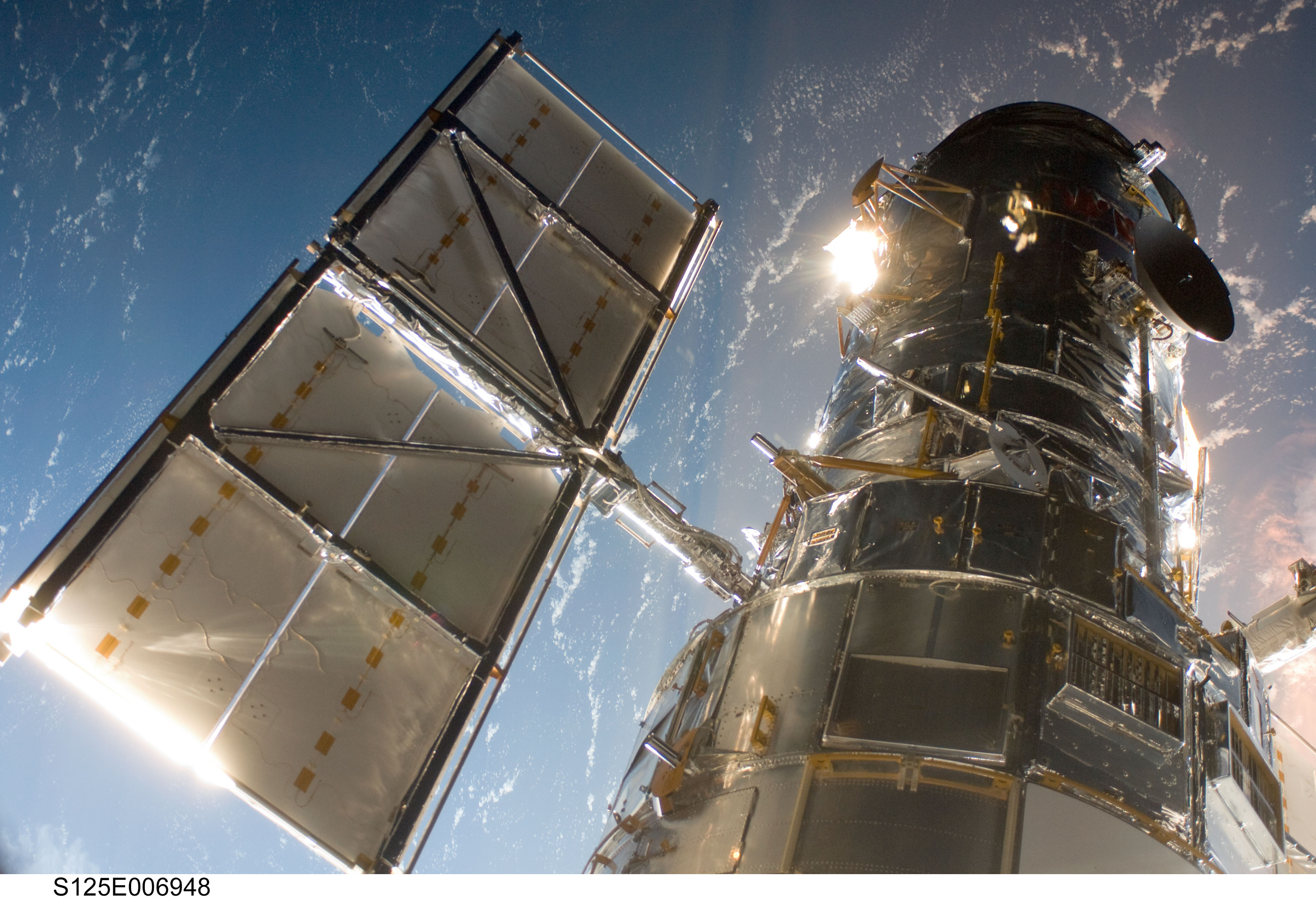
This week in 2009, the fifth and final space shuttle mission to NASA’s Hubble Space Telescope launched. Space shuttle Atlantis and the crew of STS-125 delivered the Cosmic Origins Spectrograph and Wide Field Camera 3 to the revolutionary observatory, which was designed, developed and constructed by NASA’s Marshall Space Flight Center. The NASA History Program documents and preserves NASA’s remarkable history through a variety of products — photos, press kits, press releases, mission transcripts and administrators’ speeches. For more pictures like this one and to connect to NASA’s history, visit the History Program’s Web page. (NASA)
Obituaries
Werner Rubel, 87, of Huntsville, died May 6. He retired from the Marshall Center in 1981 as an aerospace engineer.
Glenn Cox, 87, of Arab, Alabama, died May 7. He retired from the Marshall Center in 1974 as an aerospace engineering technician. He is survived by his wife, Mildred Cox.





























